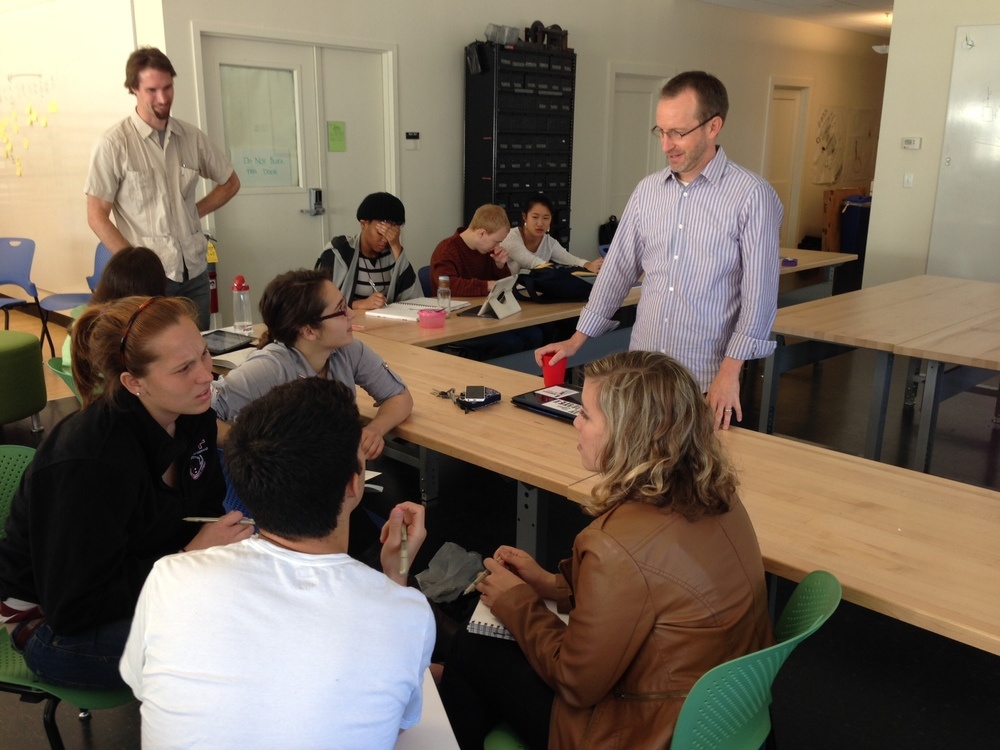
On October 9th, 2013, Essential Co-Founder and Partner, Scott Stropkay and I (a design researcher at Essential), spoke with unique group of students at MIT’s D-Lab. MIT describes the D-Lab as “building a global network of innovators to design and disseminate technologies that meaningfully improve the lives of people living in poverty.” The semester long class has students in four project groups- each tackling a different design challenge (from bicycle powered recycling trucks to water purification systems). Scott and I were asked to speak about the role of design research in the product development process and how it could be leveraged within the context of D-Lab’s mission.
After Scott provided an overview of Essential’s design process, I had the opportunity to present a case study in which I used design research to assist Partners In Health develop an electronic medical record (EMR) system in Haiti. I spoke about how important stakeholder buy-in is, especially when working remotely (as is the case with the student’s semester projects). I also touched upon method selection, specifically how the triangulation of methods is beneficial in probing different perspectives, painting a more dynamic picture of a situation than any one method.
To further bring the conversation to life, the group went hands on, applying the content to their own projects. We asked the students to think of people who might use their system, then pick one person to do a deeper analysis on. Before running out of time, we also examined key problems the target user may have, in an effort to better craft a potential design research plan.
Design research and its many forms, clearly have a role in effective product development – perhaps never more importantly than in D-Lab’s case. Big thank you to MIT, specifically Prof. Quintus-Bosz for the opportunity!


